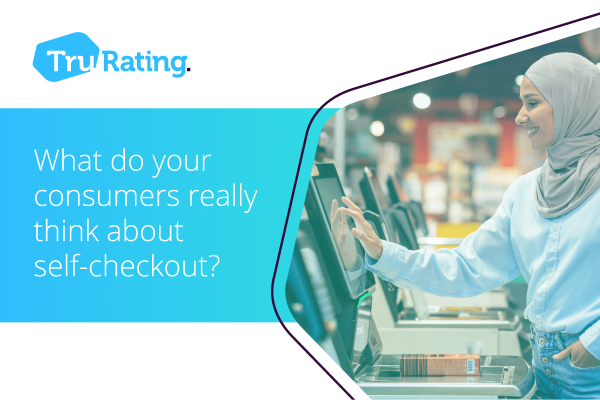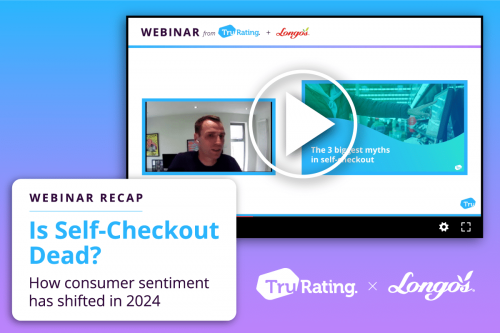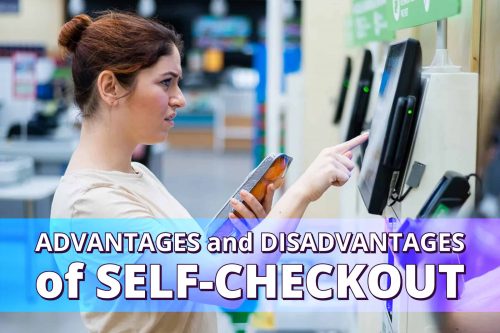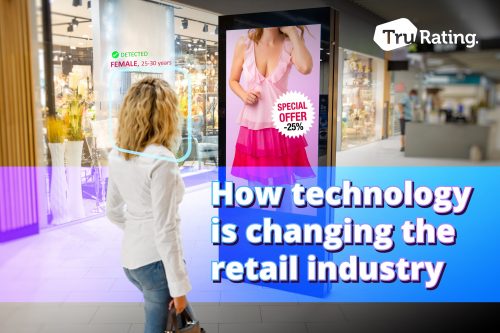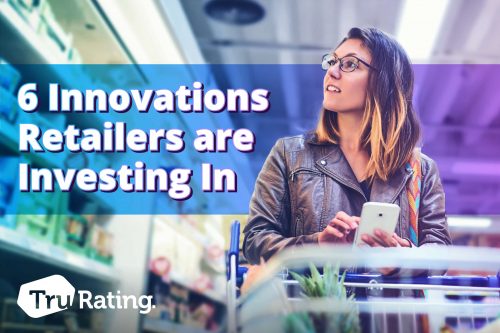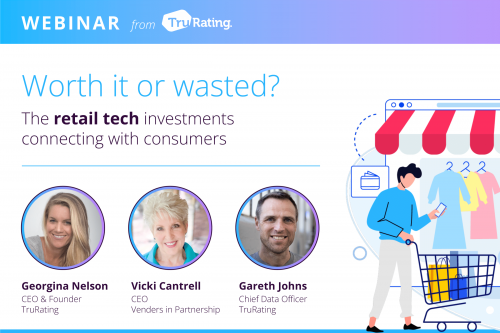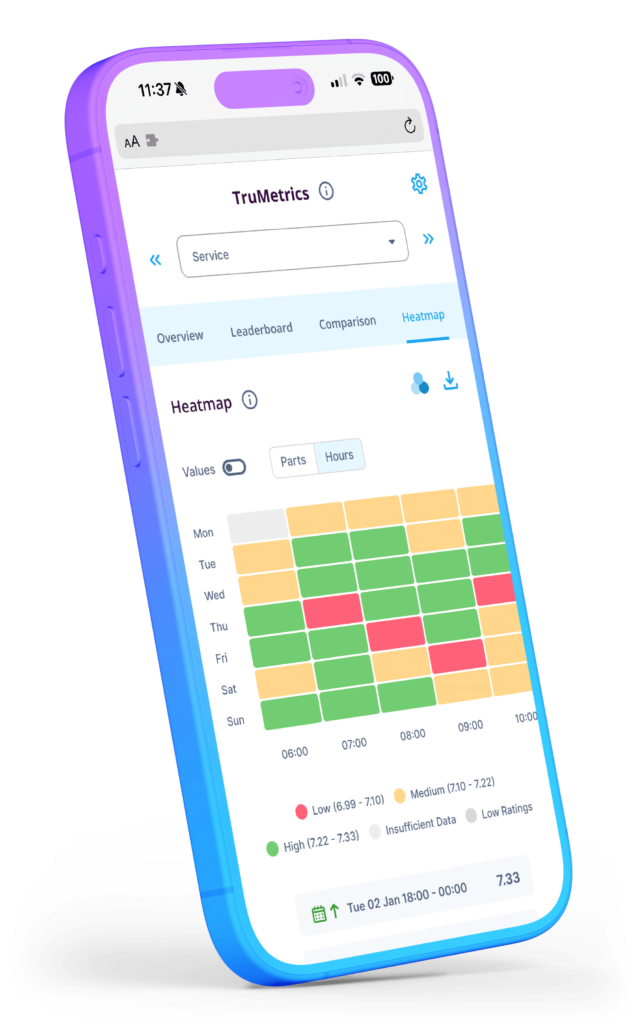The checkout experience is a critical moment of truth in retail – a chance to either delight or disappoint your customers and the last impression they’ll leave your store with.
The rise of self-checkout (SCO) in retail is by all evidence a growing trend and while retailers reserve the right to be excited about the potential efficiencies and labor cost provided by SCO – there are still certain ambiguities about the perceived benefits on the customer side.
We wanted to get a better understanding of this and our latest data report contains insights from over 40,000 consumers collected this year. You can download the report in full HERE (we’ll add the link at the bottom of this article also) – but read on for a summary of some of our key findings.
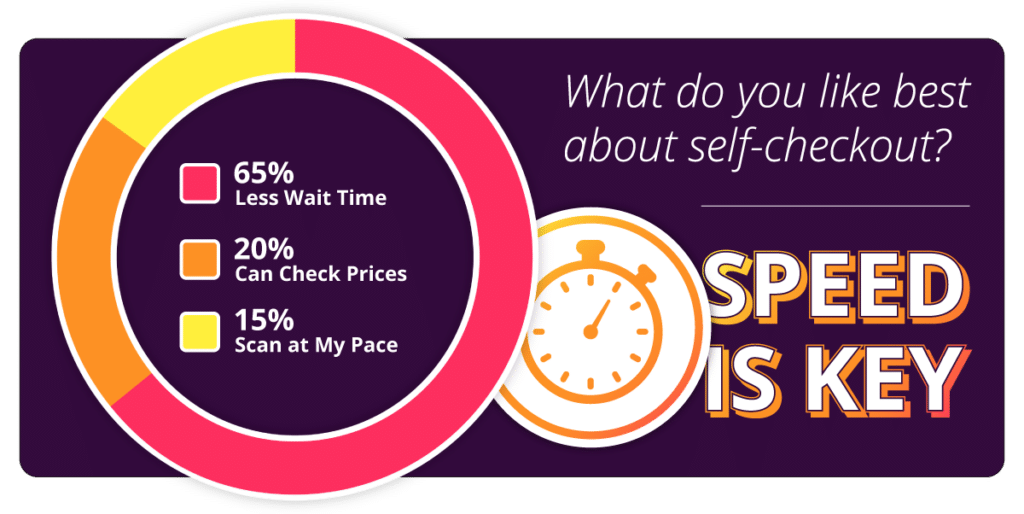
Speed was the most important factor for customers using SCO
It may seem obvious, but speed really is the primary benefit customers appreciate from SCO. Customers view checkout as starting the minute they join a queue – it’s not just a matter of ease of use, you need to have the right balance of terminals to make sure your customers aren’t left waiting in line at the SCO.
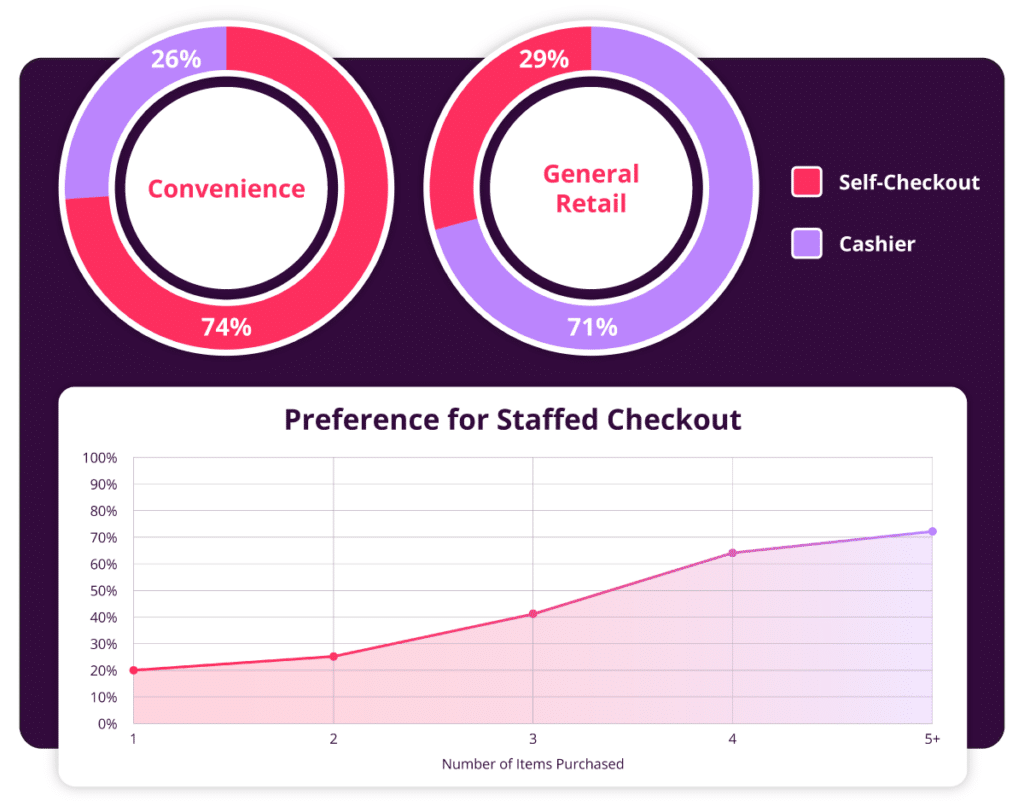
Preference for manned vs. self-checkout varied by sector and basket size
In the convenience sector, customers generally preferred self-checkout even when they reported that a manned experience was easier. However for retailers in apparel, only 29% of customers preferred self-checkout. The tipping point for a preference for self-checkout could be as low as 3 items in the basket. In general retail, even when using self-checkout, as many as 40% customers expressed a preference for a manned experience.
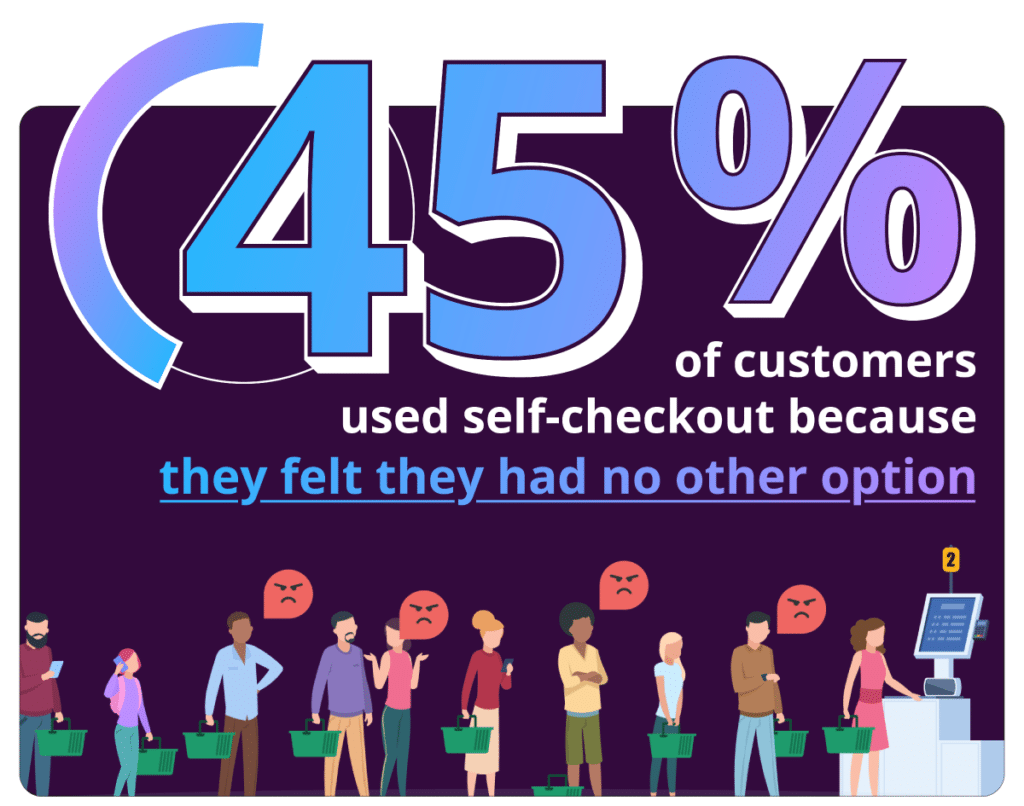
The perception of choice is a big deal
While broadly customers reported a better experience using manned terminals, it’s generally when customers perceive self-checkout as the only option that problems arise. With as many as 1 in 5 customers reporting issues with the ease of SCO – customers may not appreciate the so-called ‘convenience factor’ if it feels like it’s being forced on them. Why should you care? Customers spent 29% less when they felt like SCO was the only choice.
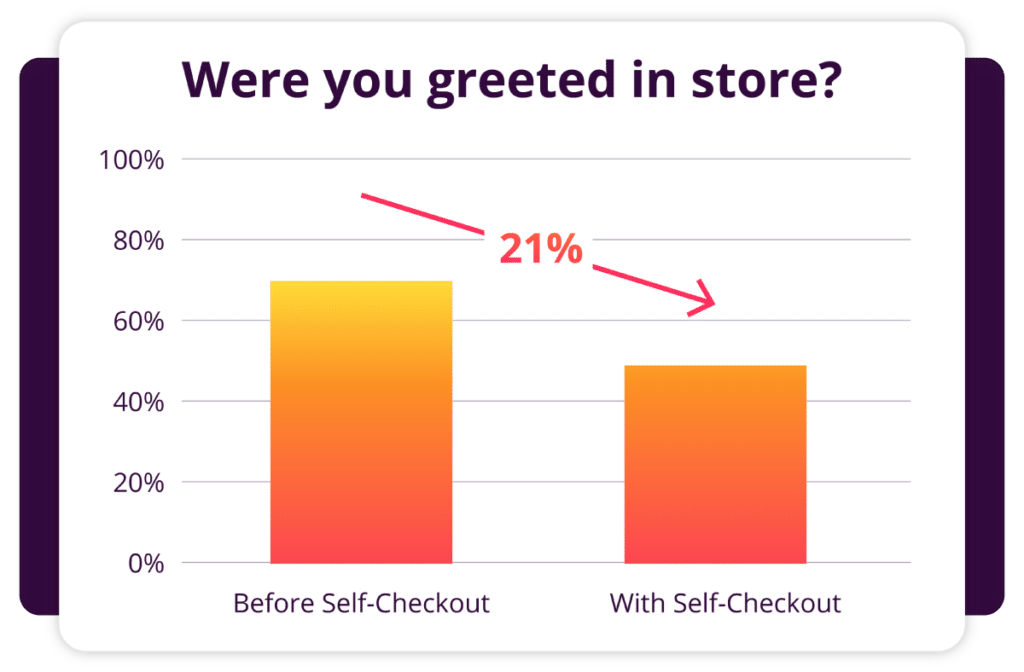
Automation can have a negative impact on CX (in surprising ways)
One retailer we worked with saw that the introduction of SCO actually negatively impacted the likelihood of staff greeting customers at entrance. With entrance greetings strongly correlated with increased basket spend, this was bad news. Carefully managed, SCO can open up opportunities for staff to focus on areas that really do help the customer e.g. shelving, assistance, tidying the store – but don’t expect it to simply happen by magic.
___
Want more like the above? Fill the form below to download a full PDF of the report in all its glory, and make sure to check out our recent webinar featuring TruRating’s Chief Data Officer, Gareth Johns, for even more tasty insights on SCO.


